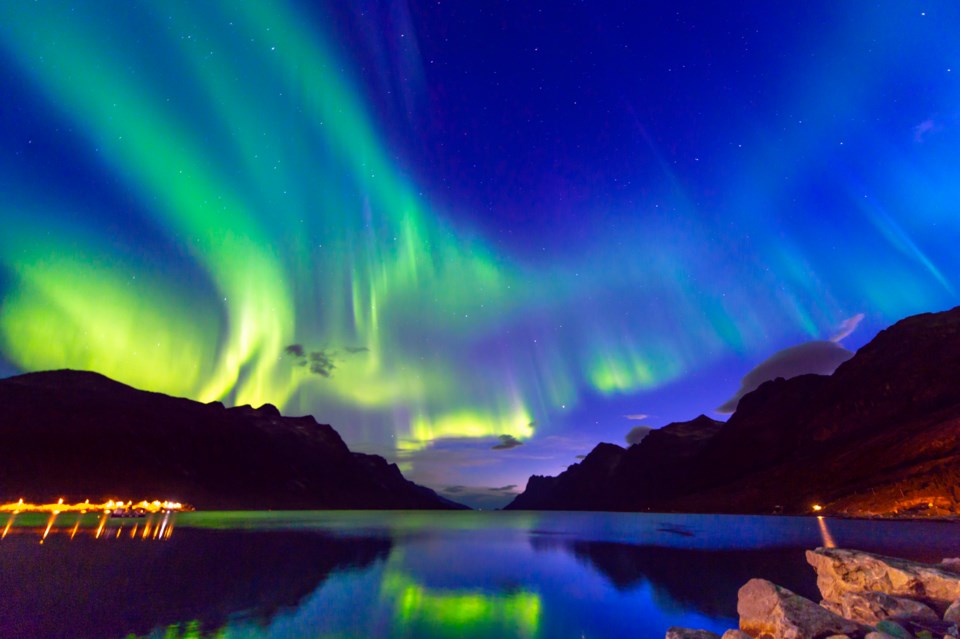Space Weather announced a solar storm, also known as coronal mass ejection (CME) is on schedule to strike Earth between Nov. 30 and Dec. 1, 2023. Due to the intensity of the storm and the addition of two previous solar storms on their way to Earth, there are high chances for mid-latitudes to get a glimpse of the Northern Lights, including Texas according to Texas Storm Chasers.
Something to watch for Thursday night... we may get northern lights pretty far south (like a couple times earlier this year). https://t.co/x0LBO79SYh
— Texas Storm Chasers ⚡ (@TxStormChasers) November 29, 2023
The announcement came after NASA’s coronagraph (an instrument to observe the sun’s surface) detected a large solar flare that resulted in a rare “halo CME” on Nov. 27, 2023. According to Space Weather, CMEs are gigantic bubbles of electrified gas that burst in a wave of magnetic field and plasma mass from the sun’s corona. They become halo CMEs when they are headed to Earth — as the CME wave moves away from the sun and toward Earth, it looks like a ring surrounding the sun. Halo CMEs are rare events, comprising just 10% of all CMEs.
If you have a radio, you might’ve already felt hints of what’s coming.
Space weather physicist, Dr. Tamitha Skov explained in a thread on X, that the solar storm set to hit us on Nov. 30 was launched during an X-class solar flare, the strongest category. Normal solar flares can interfere with short-wave radio communications, but the intensity of X-Class flares could create long-lasting radiation storms causing transmission problems and even worldwide blackouts. Since flares are made of light and radiation it takes only 8 minutes for them to reach Earth, in comparison CME particles could take days to strike us.
What a Whopper! Region 3500 on our Sun just fired a near X-class flare and launched a strong Earth-directed #solarstorm. Waiting for coronagraph imagery, but it looks like this storm could arrive by December 1. Excellent #aurora chances, possibly G3-G4 level with this one,… pic.twitter.com/VebftJFOSc
— Dr. Tamitha Skov (@TamithaSkov) November 28, 2023
Once the CME’s load of plasma and magnetic field from the sun collides with Earth’s own magnetic field and gases in its ionosphere, our upper atmosphere, tiny flashes are produced that light up the sky.
This natural light show is usually reserved for the poles since the Earth’s magnetic field steers the charged particles toward them, but in this instance, according to Dr. Skov, the combination of several solar storms headed our way increases the chances for mid-latitudes to see auroras in the night sky between Thursday and Friday at night.




